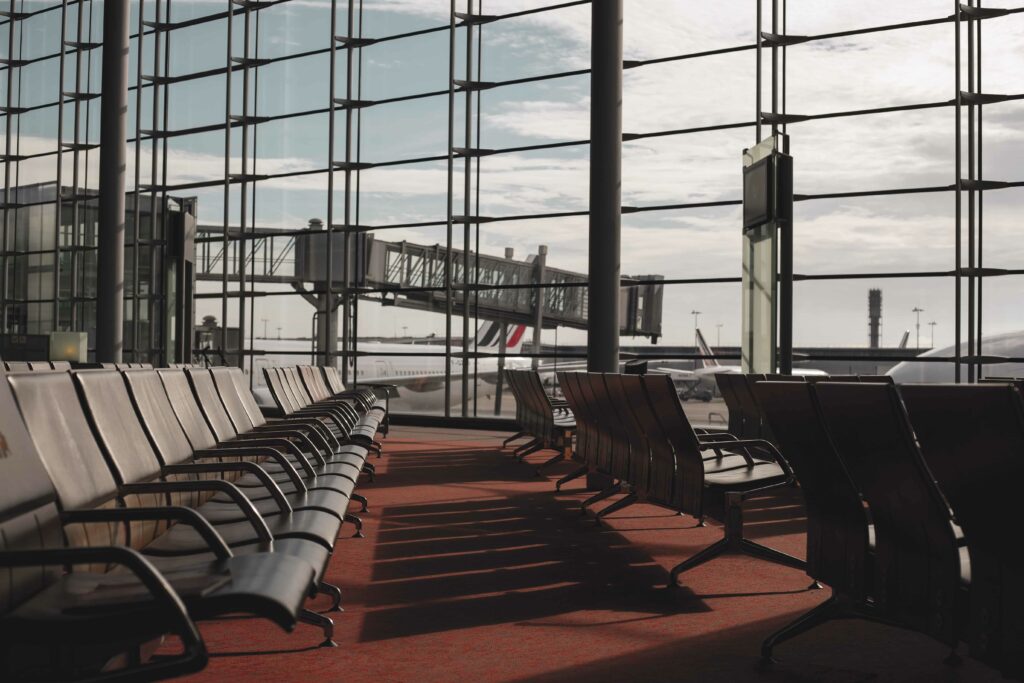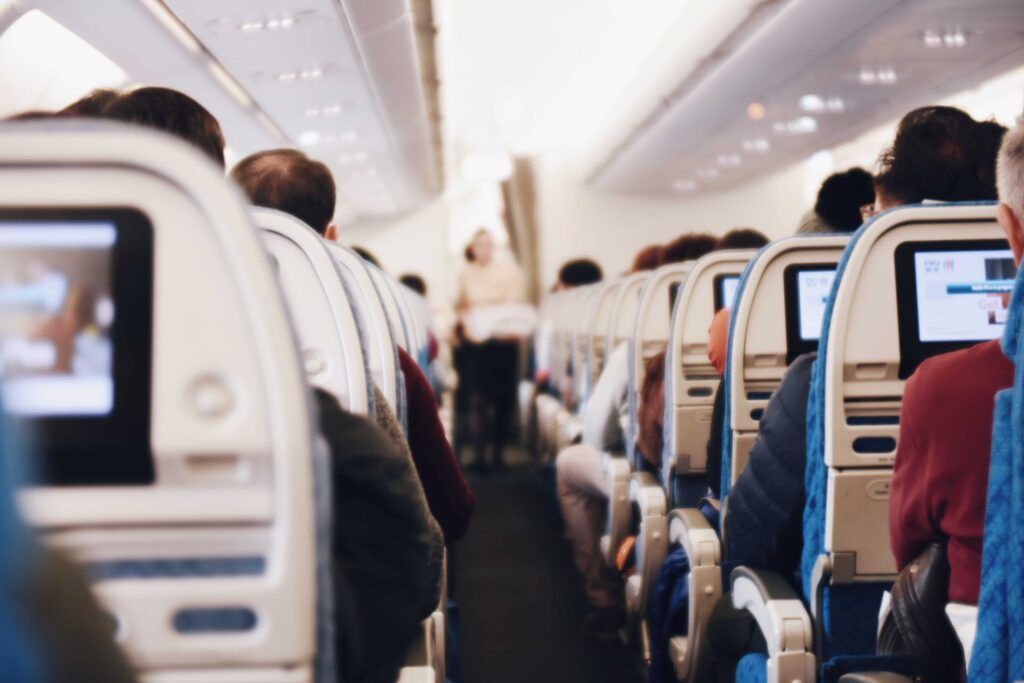Integrating airlines in MDMS
"In the new multimodal world, the regulator is challenged to open the road to the future of mobility, by combining the competitive European aviation market, with the monopolised fragmented rail market (not excluding the road and ferry transportation), through the unassailable and increasingly significant global digital platform intermediaries. One needs to acknowledge that the end result of the regulation would be to generate a new service, a product, currently not existent" writes Vasiliki Christidi, Group General Manager at SKY express, in this new opinion piece, where she reflects on the discussions of the 11th Florence Intermodal Forum.
This article by Vasiliki Christidi, Group General Manager at SKY express, originally appeared in the European Transport Regulation Observer “Aviation and Multimodal Digital Mobility Services in the EU” (July, 2023).
Any airline operator wants to maximise its commercial efforts and capabilities, reach the largest possible pool and sell as many seats as possible, in every route of its network. Consumers want as many choices as possible, with potentially infinite number of combinations of routes, travel time options, environmentally sustainable choices and – most importantly – price, at the convenience of a hand held device. Regulation is addressing the changing world of mobility for the future by multimodal solutions, building on the benefits of the new interconnected digital world. Fact of the matter remains that each and every consumer will, at any given point in time, need to move from a point A to a point B.
In the new multimodal world, the regulator is challenged to open the road to the future of mobility, by combining the competitive European aviation market, with the monopolised fragmented rail market (not excluding the road and ferry transportation), through the unassailable and increasingly significant global digital platform intermediaries. One needs to acknowledge that the end result of the regulation would be to generate a new service, a product, currently not existent. We would then be, consequently, led to a debate about ownership, control, benefits and liabilities over this new multimodal service.
Using horizontal regulation to create the seamless multimodal service would entail applying a minimum set of uniform rules across different markets, in a manner that creates no or minimal distortion to the stand alone services’ ecosystem, the stand alone services themselves and, effectively, to each of the market’s ability to further develop competitively. However, when taking the consumer or the supply perspective and in order to effectively regulate either of them, we need to answer the following question: Who is the owner of this new multimodal service?
Inevitably, regulation faces the dilemma of offering additional power to the digital intermediary since such a structure may only work if the aggregator has the right and obligation to administrate the booking and manage revenues and refunds, stripping aviation operators from control over fares. Therefore, the debate is about the leverage of commercial power and the control of revenue production. But, dis-aggregating revenue from operations unavoidably generates concerns about the independent ability of aviation operators to manage connectivity, manage operational efficiency and guarantee aviation safety. This is especially evident if we consider the case of PSO operators, who guarantee the preservation of connectivity as a fundamental mobility right with a social dimension.
Somewhere around here, we realise that there is an elephant sitting in the room, for whom no one is willing to talk about! So, instead, we discuss on which fair, reasonable and fit for purpose conditions for each independent component we should introduce to treat any potential market failures of a new virtual seamless multimodal service. In this environment no consensus can be readily expected in the real economy. While digital platform intermediaries would be expected to act as the glue, they might not yet acknowledge their de facto negotiating advantage, emanating from their access to consumers and data. Nonetheless, it is a fact that the growth of the digital ecosystem is expanding and its significance is increasing, breaking the boundaries of traditional communication of products and services. Airlines are, rightly, reluctant to surrender their control over the fares, revenue and data, for many reasons, none of which can be merely attributed to indifference or fear of the airlines over the new digital future. Airlines have always been at the cutting edge of new technologies and early adopters of interconnected global distributions systems. Being truly global, even in their domestic network operations, there is literally no disincentive for adopting any new technology going forward, provided that this does not restrict their ability to control their product. Moreover the aviation industry and its consumers today enjoy the fruits of a well-earned competitive market and should not be requested to onboard inefficiencies of other industries, just for the benefit of aligning with them. We should be free to control the quality of the distribution networks of our choice and protect our product and its commercial offer, as this is not irrelevant to the right of the consumer to enjoy our service per se as provided by the ‘responsible for the service’ airline.
Having said that, the same rules and obligations, oversight and audit would need to apply for every digital intermediate aggregator and alternative mode operator to the same standard as that required by any European air carrier. This includes the full exchange of data, assuming liability towards the consumer, dealing with disruptions and cancellations, offering true transit or transfer connecting assistance between modes and transportation platforms, as any added-value service will need to account for the true value of the digital intermediaries and any participating mode of transport. These are issues that cannot be left to the market to negotiate, as it could lead not only to loss of quality of service but potentially a free ride for other stakeholders. The allocation of responsibility should not be a matter of negotiation or dispute resolution.
One should wonder again; when the starting point is facilitating a traveller (wishing to move from any point A to any B) to assess all possible connection modes and combinations, would it not be more efficient to use all new digital tools, big data and Artificial Intelligence to align all possible itineraries and provide real-time travel information, as a starting point for any future development of products and services? It is important for the airlines, the consumers and the welfare of the aviation ecosystem that the competitive aviation market continues to evolve forward, and, ultimately, it is safety critical that any airline controls its product and its business model.







